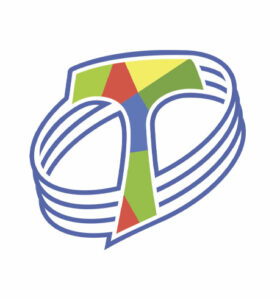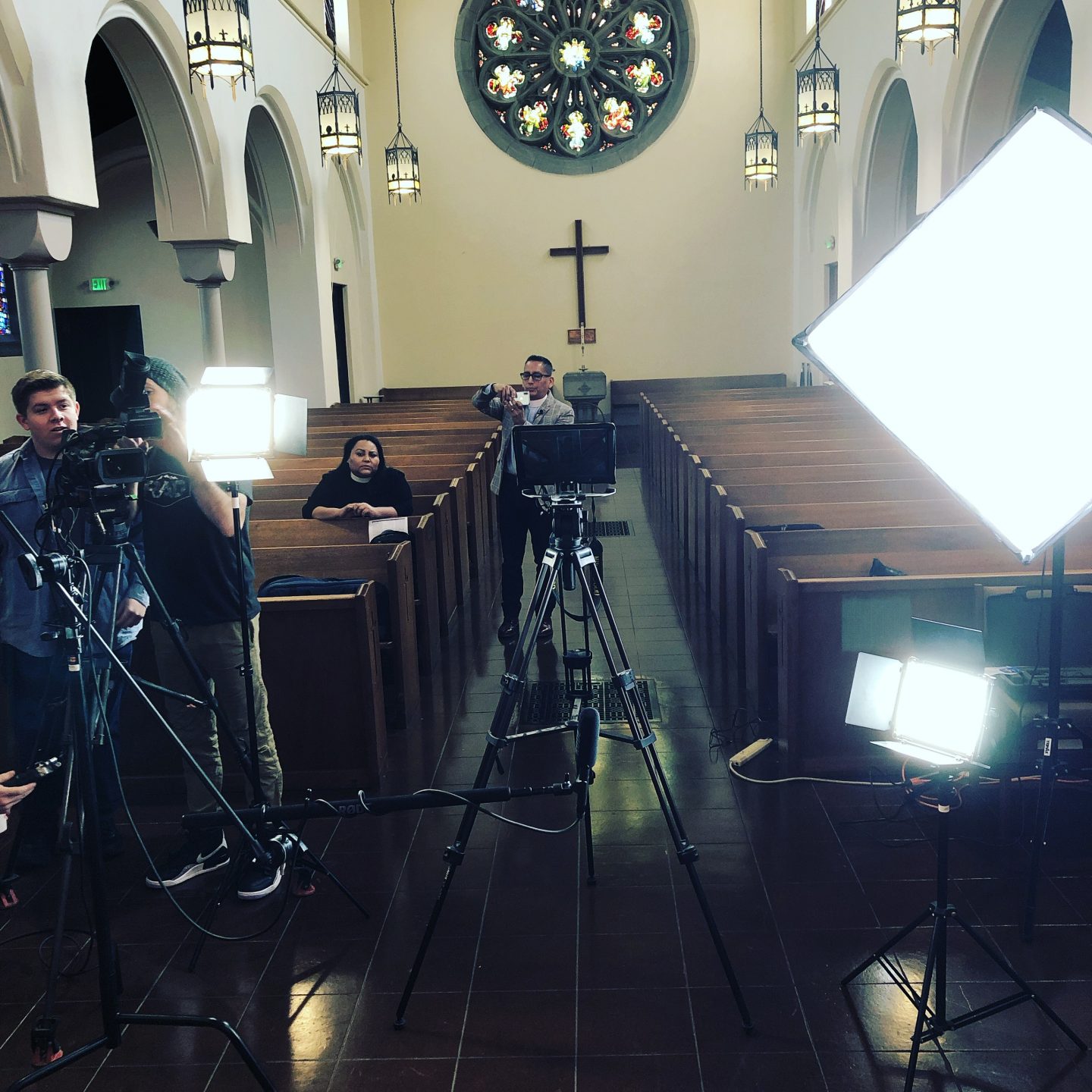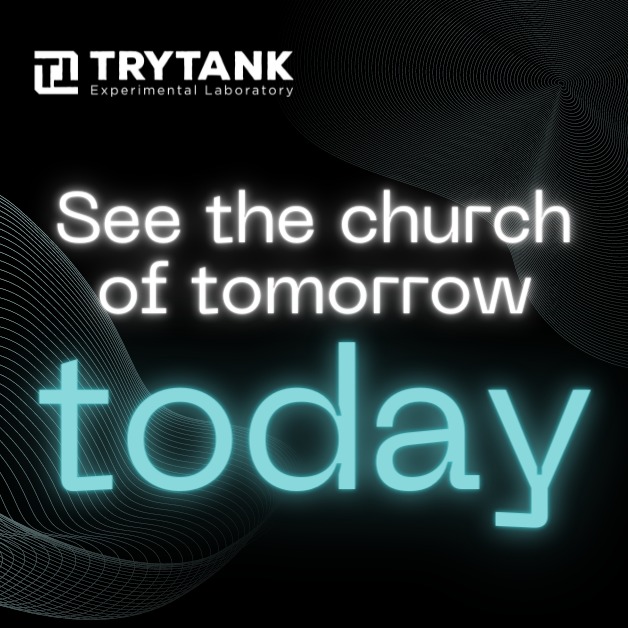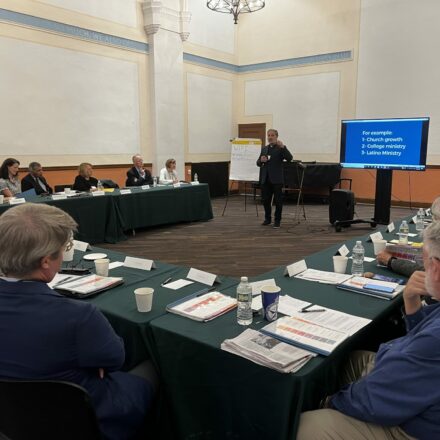We don’t just provide data – we provide actionable opportunities based on that data. It’s our main distinctive, and we call this process our “path to purpose.” Every project is different, but here’s how the process generally works (adapted, of course, to your needs): It all begins with an idea or hypothesis.

STEP 1: PILOT
We take the idea into the real world. This might mean a few conversations in the field, or a simple pilot test in a congregation. We’re looking to see if there’s a “there” there. This is also an opportunity to enter into conversations with others to see what has already been done elsewhere and find possible partners in our work.
STEP 1: PILOT
After this step we YIELD, or pause for a moment. We make sure this project is something worth pursuing further. We might ask about the possible systemic impact of the work, or if it’s scaleable. If we determine there’s an opportunity, then we proceed.
STEP 2: RESEARCH
This is where we make use of the social sciences to systematically investigate the idea. This might include rigorous testing and qualitative and quantitative methods of assessing evidence.
STEP 2: RESEARCH
Then, data in hand, we STOP. The difference between this stop and the previous yield is that we must make the intentional choice to continue. It is not a given. We want to make sure there’s a missional case for going forward. This is also an opportunity to seek funding partners to continue. We find that the more collaborators we have, the better the work we do.
STEP 3: PROTOTYPE
This is where we stand out. Based on our research, we seek opportunities where interventions might cause a change, then develop a few to consider.
STEP 4: EXPERIMENT
After settling on a prototype, we go out and try it. We’re really good at this “action research.” We test things in actual congregational settings to see how they work in the real world. As needed, we iterate and continue to evolve the experiment, seeking the best way to make the intervention work.
STEP 4: EXPERIMENT
After the action research phase, we YIELD once again to make decisions based on what the research is actually telling us and what could be next. If we choose not to proceed, we create a report on what happened and didn’t happen, so in the futures others can build on what we’ve done. If we’re seeing distinct results and choose to proceed, we’ll look for a partner to take over the project and continue it to completion or on an ongoing basis.
STEP 5. DISSEMINATE
Whether we saw the results we were hoping for (or completely different but promising ones), we want what we’ve done and are doing to be available to the wider world. We’ll work with a partner for them to take over the now-nascent ministry and hopefully scale or replicate it.
The future is a shared resource:
We field-test new approaches to ministry, conducting experiments with over 150 churches, organizations, and denominations across the United States and around
the globe. We’re probably conducting an experiment near you!




Partner with us to explore new possibilities in faith communities across the globe. Connect with our expert team today and let us help you make your ministry vision a reality.
Join our newsletter
Our newsletter is the best way to follow what we’re up to. Every week we report what we’re doing, what we’ve learned, and where we’re going next!

